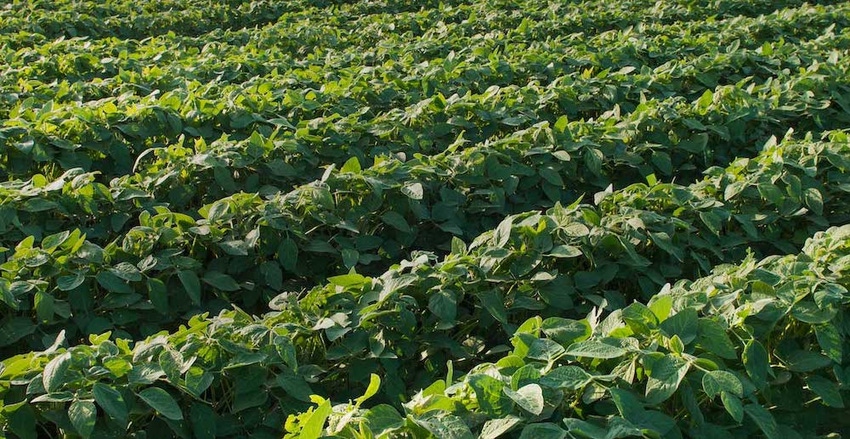
Farmers are a competitive group and yield contests provide an avenue to channel that competitiveness. Of course, the winners earn a little prize money and bragging rights at the local coffee shop, but more than that, the participants in these contests are learning new production strategies and realizing possibilities.
“These yield contests and the production information gleaned from the producers show the continued potential of soybean production in Arkansas,” said Jeremy Ross, Arkansas Extension soybean agronomist.
At the recent National Conservation Systems Cotton and Rice Conference, Ross spoke about Arkansas’ Grow for the Green Soybean Yield Contest, which saw its highest yields ever in 2021. A record-breaking 16 entries broke the 100-bushel mark (10 new and six repeats) and a new state soybean yield record of 130 bu/a was set by Neil Culp of Phillips County. Matt Miles from nearby Desha County topped 100 bushels for the seventh time.
Ross is evaluating the production practices and trends of participating producers. What do winners of yield contests do? And what can other soybean growers take from their experiences?
Planting earlier
The Grow for the Green Yield Contest began in 1999. In the early years, yield averages for participating growers hovered around the upper 60s to low 70s. The average planting dates were in mid-May.

Today, participants in the yield contest average just over 90 bu/a, and their typical planting date is around April 19.
“Early soybeans are better than late. I believe the shift to early planting is where our producers are gaining a majority of their yield,” Ross said. “Besides early planting, the next factor is genetics. I think we’re getting better soybeans on the market. Those two factors are contributing the most to our rise in yield.”
Seeding rates going down
The average seeding rate for 2021 yield contest participants was 135,000. That’s significantly lower than the seeding rate populations when the contest first began, when Ross said it was not uncommon to see rates close to 200,000.
“We’re proving to ourselves we don’t need 180,000 – 200,000 seeds per acre,” Ross said. “We can really drop those down and not just maintain yields but increase them.”
Soil type, rotation, irrigation
Over the history of the contest, silt loam soils most frequently produce winning yields. Almost all winning entries are in a rotation — mostly with corn. Irrigation has remained steady across the contest’s 22-year history. Ross attributed that to growing efforts to increase irrigation efficiency. Fungicide and insecticide applications for contest entries have increased significantly over the past two decades.
Wild card
One trend in high-yielding entries that has left Ross scratching his head is row width.
“All of our data at the University of Arkansas shows anything less than 30-inch rows is where we’ll gain yield. However, if you look at the row spacing of almost everyone who has broken the 100-bushel mark they are mostly 30 or greater,” Ross said. “A lot are on 38-inch twin rows, which I would consider a somewhat narrow row. It allows the grower to closely mimic a 30-inch row.”
Economics
Ross is compiling an economic analysis of the data provided by the yield contests. There has long been debate that the practices used to win yield contests are not economically viable when you consider the razon-thin margins of production agriculture. But Ross and his co-presenter Robb Dedman see the benefits.
“These contests give you an opportunity to experiment on your farm,” said Dedman, who made it to the 100-bushel club this year. Dedman also owns Ultimate Ag Consulting and has worked with Matt Miles on high-yielding soybeans and corn.
“On-farm research is so important. A lot of the successes we’ve had have come from farm trials,” said Dedman. “We’ve had some failures too, but if you ever quit trying, you’re not going to find a better way.”
Based on his research, Dedman believes the secret to 100-bushel soybeans comes down to two things — reduce stress and be timely.
“On time is late. Early is on time. Be timely and be willing to try new things.”
About the Author(s)
You May Also Like






